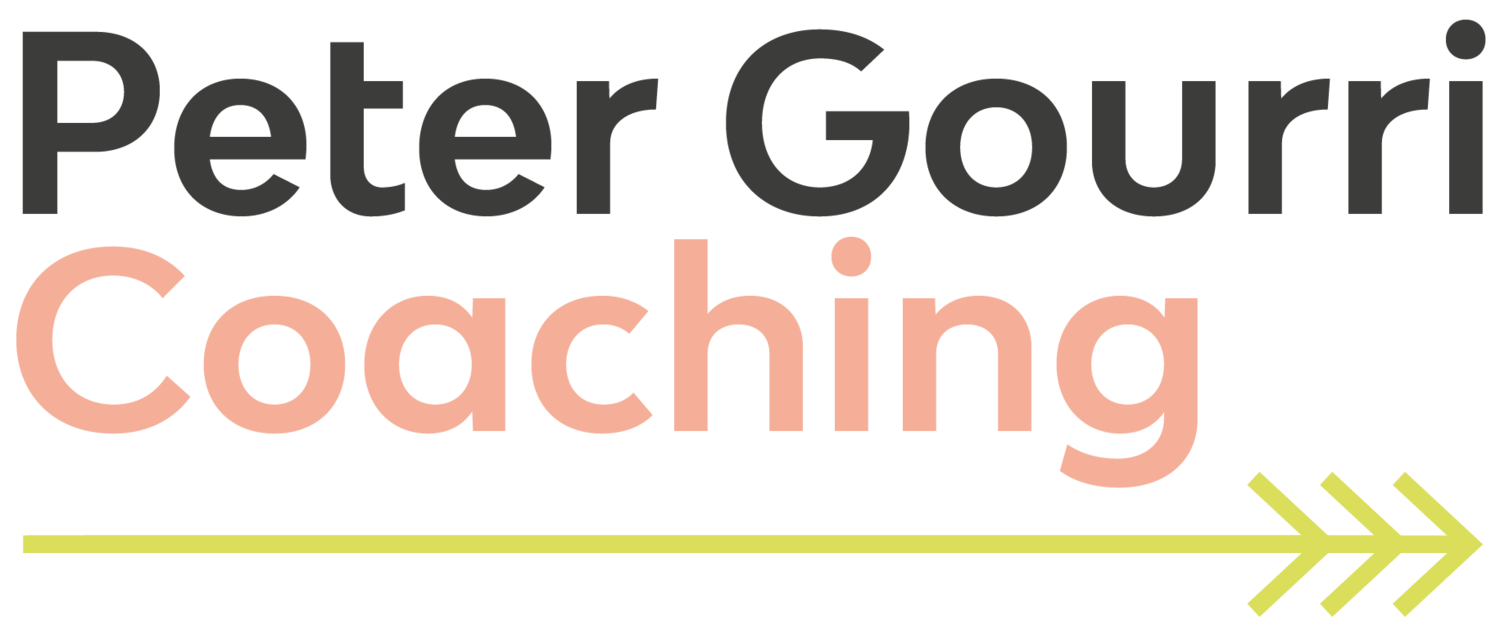Happy Halloween
Happy Halloween from Peter Gourri Coaching and Consulting LLC! 🎃*
Wishing you a spooktacular Halloween filled with treats, laughter, and a little bit of mystery. We appreciate your business and hope your day is as thrilling as a haunted house! Stay safe and enjoy the festivities. 👻🕸️
Halloween has a rich and complex history that blends ancient traditions with modern customs.
**Happy Halloween from Peter Gourri Coaching and Consulting LLC! 🎃**
Wishing you a spooktacular Halloween filled with treats, laughter, and a little bit of mystery. We appreciate your business and hope your day is as thrilling as a haunted house! Stay safe and enjoy the festivities. 👻🕸️
Halloween has a rich and complex history that blends ancient traditions with modern customs. Here’s an overview of its evolution:
1. **Ancient Origins: Samhain**
**Celtic Festival of Samhain:** Halloween traces its roots back to the ancient Celtic festival of Samhain, celebrated over 2,000 years ago in Ireland, the United Kingdom, and northern France. The Celts marked the end of the harvest season and the beginning of winter on October 31st, believing that the boundary between the living and the dead blurred on this night.
**Spirit World Connection:** It was thought that the spirits of the dead returned to Earth, causing trouble and damaging crops. To ward off these spirits, people lit bonfires and wore costumes made of animal skins to disguise themselves and avoid being recognized by the spirits.
2. **Roman Influence**
**Roman Festivals:** After the Romans conquered Celtic territories, two of their festivals were merged with Samhain. Feralia, which commemorated the passing of the dead, and a day honoring Pomona, the goddess of fruit and trees. This association is believed to be the origin of the tradition of bobbing for apples.
3. **Christian Adaptation: All Saints’ Day**
**All Saints’ and All Souls’ Day:** By the 9th century, the spread of Christianity led to the adaptation of Samhain into Christian observances. Pope Gregory III designated November 1st as All Saints’ Day (also known as All Hallows’ Day), to honor saints and martyrs. The night before, October 31st, became known as All Hallows’ Eve, later shortened to Halloween.
**All Souls’ Day:** On November 2nd, All Souls’ Day was established to remember the dead, further integrating and Christianizing the traditional customs.
4. **Halloween in America**
**Colonial Celebrations:** Halloween customs were brought to America by European immigrants. The celebration was initially limited in New England due to strict Protestant beliefs. However, in the southern colonies and Maryland, a blend of European traditions and Native American harvest celebrations emerged.
**19th Century Growth:** The influx of Irish immigrants during the mid-19th century due to the Irish Potato Famine brought a renewed enthusiasm for Halloween. It evolved into a community-centered holiday, with parties and public events focused on games, food, and festive costumes.
5. **Modern Traditions**
**Trick-or-Treating:** The practice of trick-or-treating likely has roots in the medieval tradition of “souling,” where the poor would go door-to-door on All Souls’ Day, offering prayers for the dead in exchange for food.
**Costumes and Decorations:** Wearing costumes and disguises to ward off spirits became a popular tradition, evolving into today’s playful costume-wearing for fun. Pumpkins carved into jack-o’-lanterns originated from an Irish myth about “Stingy Jack” and were initially made from turnips or potatoes before being adapted to pumpkins in America.
Today, Halloween is celebrated around the world with a mix of traditional customs and modern festivities, making it a unique blend of ancient rituals and contemporary fun.

